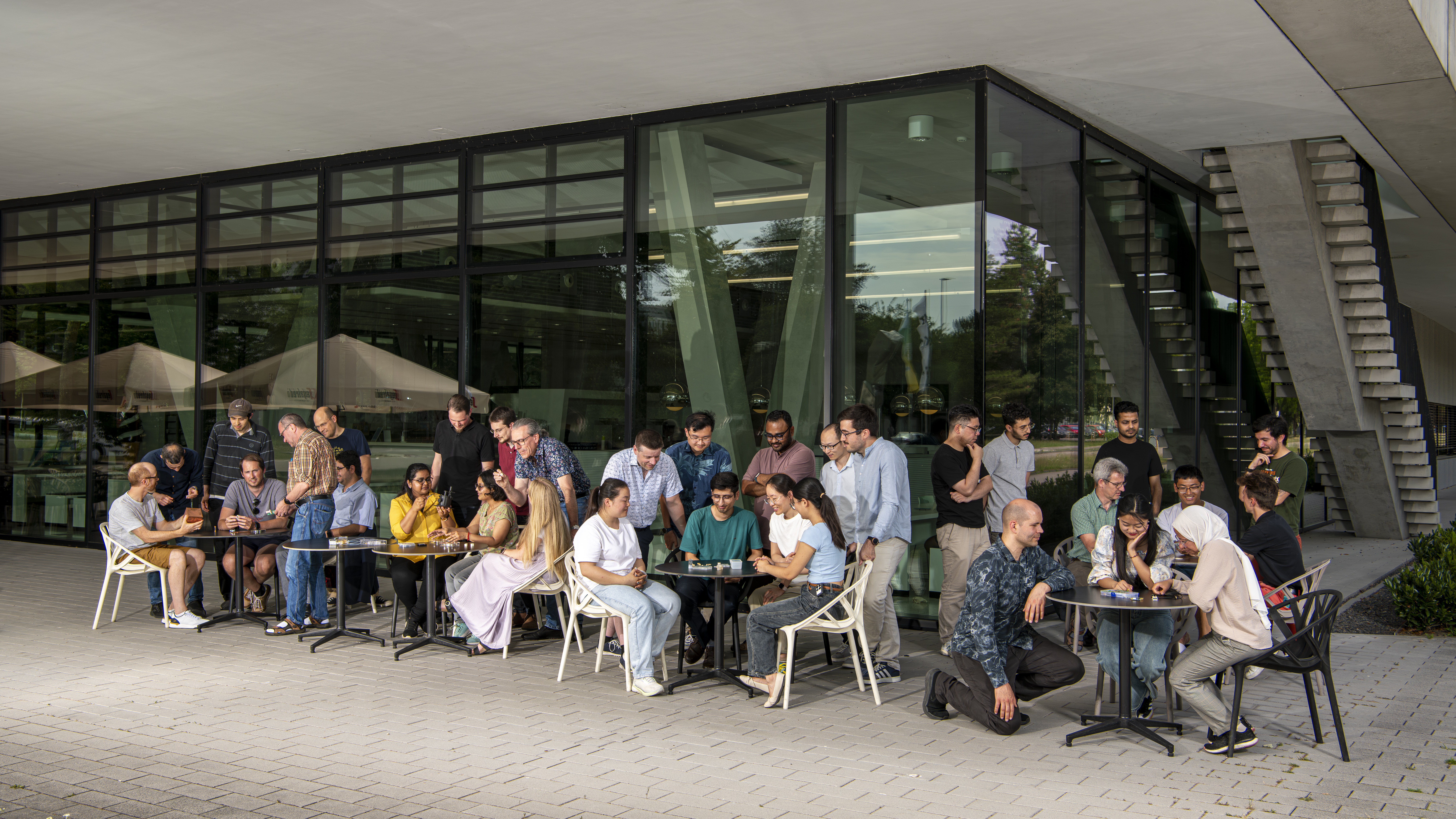Analytical Magnetic Systems (AMS)
↵
Prof. Dr. Jürgen J. Brandner [Contact] /KIT Lecturer for Micro Process Engineering/ Professor (hon) for Micro Process Engineering at Technische Universität Dresden/ Complex materials development and characterization, 3D structuring and printing, MEMS and sensors implementation, microfluidics, Imaging and Analysis
Welcome ...

|
High field compact super conducting magnets (HCM) - Dr. Martin BörnerOver the last 30 years, the capabilities for manufacturing of very tiny structures have shrunk from micrometers to nanometers and have become more and more controllable. That’s almost a factor of 1000. With the techniques developed, we are now able to build and manipulate crystal structures and with this quantum devices. And that’s also one of the ideas to improve and manufacture tiny, high field, superconducting magnets . We are going to improve the properties of superconducting material in terms of stability, higher critical temperatures and ampacity by introducing “nanodefects”. We are convinced that this will enable us to miniaturize and enhance NMR systems, paving the way for introducing these techniques in everyday applications, not only in areas like biomedicine and chemical industry, but also in power engineering (one of our biggest questions these days), digitalisation, and so on. This broader range of applications will be a breakthrough for mankind.
|
|
Low-cost MEMS (LCM) - Dr. Dario MagerWe focus on developing non-conventional microtechnology that is not dependent on expensive high-quality cleanrooms. These components can naturally often not compete with the performance of standard cleanroom MEMS devices. To compensate that drawback, we use embedded systems that digitally compensates, for example, a fairly big variation among the devices. Beside that we also explore less complicated fabrication routes like glassy carbon.
|
|
NMR-Micro Imaging and Spectroscopy (MIS) - Dr. Mazin JoudaOur research is dedicated to advancing magnetic resonance microspectroscopy and imaging through the development of innovative hardware solutions and microsystems. This encompasses designing high-sensitivity radio-frequency and microwave detectors, miniaturized shimming systems, CMOS-integrated RF electronics, and advanced signal processing circuits. Our developments aim to enable high-sensitivity, high-throughput multi-sample spectroscopy, higher-resolution micro-imaging, faster spectroscopy and imaging, and the creation of platforms for correlative spectroscopy and imaging applications.
|
|
Microstructures and Process Sensors (MPS) - Prof. Dr. Jürgen BrandnerThe MPS group’s research is focused on materials and designs for advanced microsystems in visualization and measurement of (bio-) chemical processes. From design, simulation and modeling of devices to manufacturing using the latest technologies to applications in in-situ and operando mode is covered. For manufacturing, 3D printing of various materials, ranging from polymers to glass and ceramics, and from millimeter to nanometer range, is performed.
|
|
Spectroscopy for Metabolomic Signalling (SMS) - Dr. Neil MacKinnonIs it possible to monitor a native biological process at the molecular level in real-time? The NMR Spectroscopy for Metabolomics and Signaling group at the Institute of Microstructure Technology (IMT), Karlsruhe Institute of Technology (KIT), aims to develop technologies targeting this challenge. The central analytical technique driving these technologies is Nuclear Magnetic Resonance due to its non-invasive and non-destructive treatment of samples.
|

